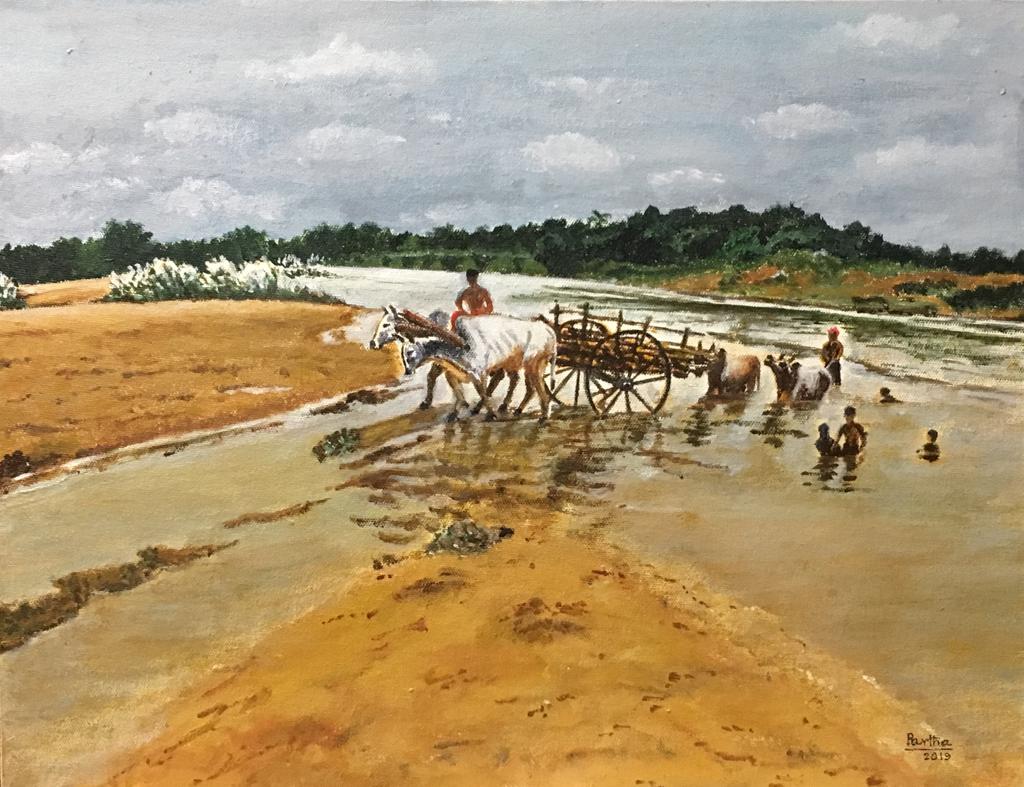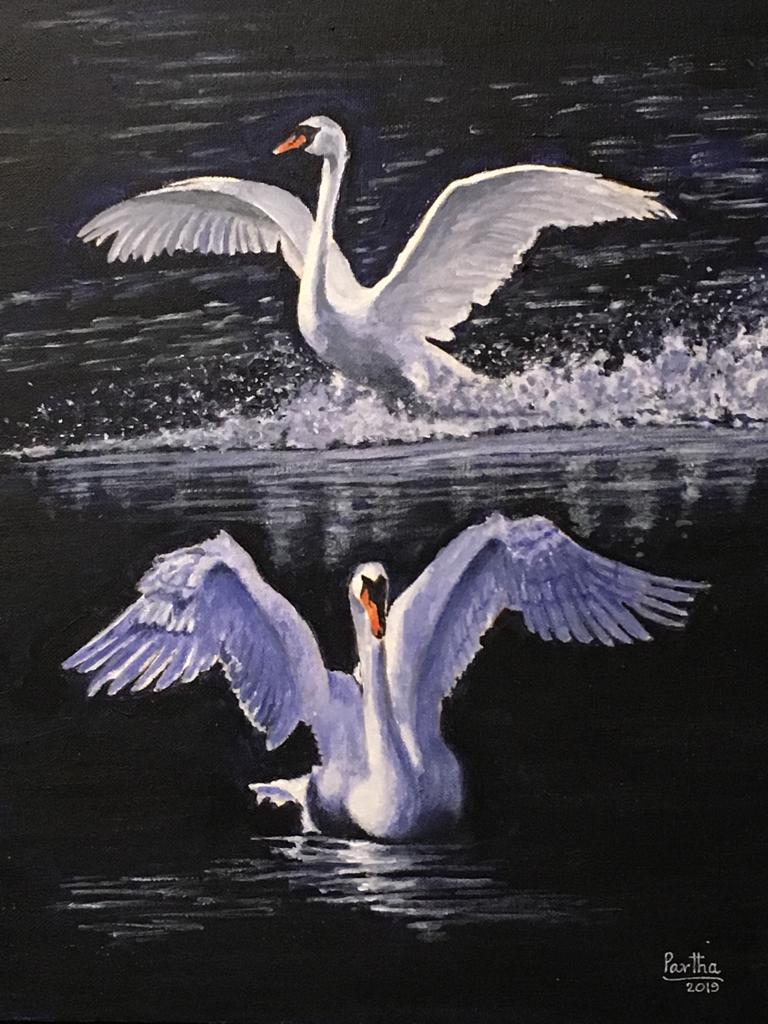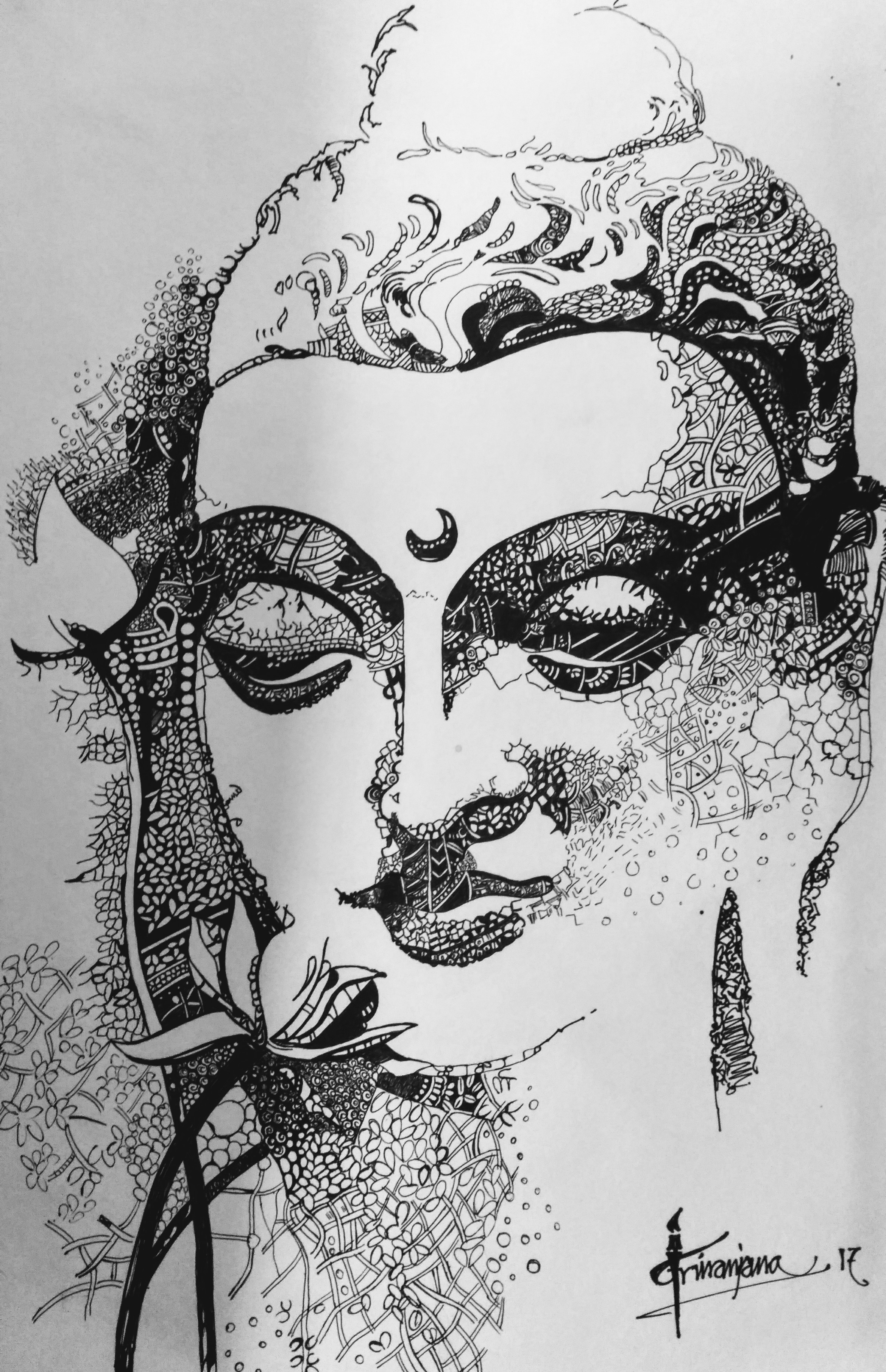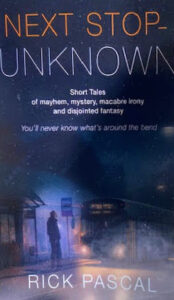MAHABALIPURAM
Time passed by very fast, just like a due drop on the tip of a grass dries up in a twinkle of an eye. Our 2-weeks vacation in south India came to an end and we have to pack up and leave for Calcutta. Our last place of interest, at this trip, is Mahabalipuram where we planned to spend a couple of days.
Mahabalipuram is about 2 hour scenic drive from Pondicherry, along the shore of Bay of Bengal. . Mahabalipuram is located by the shore of Bay of Bengal. The history of Mahabalipuram dates back two thousand years and contains many monuments of different sizes and shapes, including monolithic stone sculptures and temples. The original name of this UNESCO designated world heritage site was Mamallapuram named after Mamalla Narasimha Varman I, who orchestrated the creation of these earliest monuments.
The shear size and shape of these of these monolithic granite sculptures are mind-boggling. Why did they create it and how did they create it?
FIVE RATHAS (Chariots) with writer.
INTRICATE STONE CARVINGS.
Nearby the elephant carvings, there is a large manicured field with a very large boulder standing on a stone base on a natural setting. It is commonly known as Krishna’s Butterball. A lot of visitors have curious look to it and relax underneath this freestanding boulder. God forbid – nobody knows what will happen if it rolls! But it’s standing there for thousands of years resisting a lot of natural calamities!
KRISHNA’S BUTTERBALL
Not too far from the Krishna’s Butterball, there are twin temples by the Bay of Bengal Sea shore. Originally it was said to be very close to the shore, but now it is a little far from the shore as the sea receded somewhat. On the one side of the temple there are God and Goddess – Shiva and Parvati and on the other side there a large granite Shiva Lingam. The temples are somewhat eroded because of their age and the effect of constant salty sea breeze.
SEASHORE TEMPLE
It is believed that in the bygone days there were seven pagodas in that area and six of them were washed away into the sea by cataclysmic flood of biblical proportions. The remains of these pagodas are discovered by the divers and are still visible under the sea when the sea tide recedes.
There were still too many things to see at Mahabalipuram. But time was running out and we had to say good bye clinging to the good memories of Mahabalipuram. So our driver dropped us to the Chennai Airport. Even at the airport there was no dearth of granite sculptures. We noticed several appreciable music playing granite sculptures on the walls of the waiting areas of the airport.


















Comments »
No comments yet.
RSS feed for comments on this post. TrackBack URL
Leave a comment